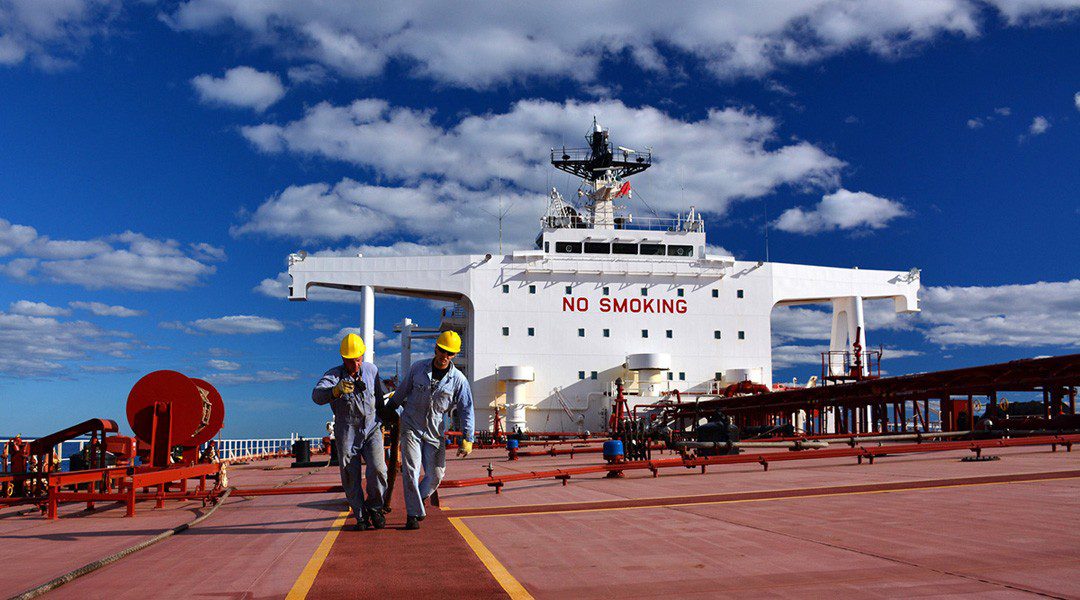China’s continuing attempt to achieve zero-Covid, at least until they have vaccinated a large proportion of their vulnerablepopulation could result in a second major wave of supply chain disruption,reports Bloomberg.
Shipping congestion at Chinese ports has been increasingin line with the ongoing lockdown in Shanghai, the country’s busiest port. The war in Ukraine has added to the problem.
Jacques Vandermeiren, the chief executive officer of the Port of Antwerp, said in an interview that “we expect a bigger mess than last year. It will have a negative impact, and a big negative impact, for the whole of 2022.”
Although China has existed that the port of Shanghai was still operating, the truth on the ground was that Covid restrictions had idled factories and warehouses, made truck deliveries more difficult, and generally snarled up the entire land-based supply chain. That had led in turn to container ships getting held up coming into and out of Shanghai. Meanwhile, the slowing of traffic efficiency meant that US and European ports were already
backed up. Julie Gerdeman, CEO of supply-chain risk analytics firm Everstream Analytics, said that “once product export activities resume and a large volume of vessels make their way to the U.S. West Coast ports, we expect waiting times to increase significantly”.
Strategically there is a feeling that the world could move to less global supply chain systems, sourcing from nearer countries, even if that comes with an additional cost. That in turn could lead to changes in the structure of shipping needs.
US Treasury Secretary Janet Yellen has suggested more resilient trade linkages, so-called friend-shoring. The feeling is that the money in good times by accessing a global supply system is more than counterbalanced by the cost of the disruption if and when things go wrong.
Brian Ehrig, a partner at the consulting firm Kearney is co-author of a report this month that found that 78% of US CEOs were either considering reshoring or had done so already. Shay Luo, a Kearney principal who helped write the report, said that “my bet is that globalization will never die, however, it will evolve to a different form.”
It was currently taking an average of 111 days for goods to reach a warehouse in the US from the moment they are ready to leave an Asian factory, which is close to the record of 113 set in January and more than double the average number of days in 2019, according to San Francisco-based freight forwarder Flexport Inc.
The total number of container ships in Shanghai port and off the hub’s shared anchorage with nearby Ningbo stood at 230 as of last Wednesday, a 35% increase from this time last year, according to Bloomberg shipping data.
By April 18th imported containers were waiting on average for 12.1 days at Shanghai’s port before they were picked up by truck and delivered to destinations inland, according to supply-chain data provider project44. That compared with a wait-time averaging 4.6 days on March 28th.
To ease congestion around Shanghai, sailings were being diverted to Ningbo and Taicang, but this was leading to congestion in those two ports as well.
Economists at Goldman Sachs said in a research note last week that the supply-chain setbacks had been “somewhat worse than we anticipated, and we have adjusted our growth and inflation forecasts slightly in response in recent weeks.”
While the backlogs in the Pacific and Atlantic coast ports in the US were slowly creeping up again, in Europe the congestion was, if anything, worse. Rotterdam, Hamburg, Antwerp and the three major UK ports were working at or above capacity. The ports were struggling to accept more containers because they did not have space to store them, and there was no immediately obvious way to get them back to China or other exporting countries.
While the backlogs in California grabbed the headlines last year, trade as a share of the euro area’s gross domestic product rose had reached 54% by 2019, compared to 26% in the US.






